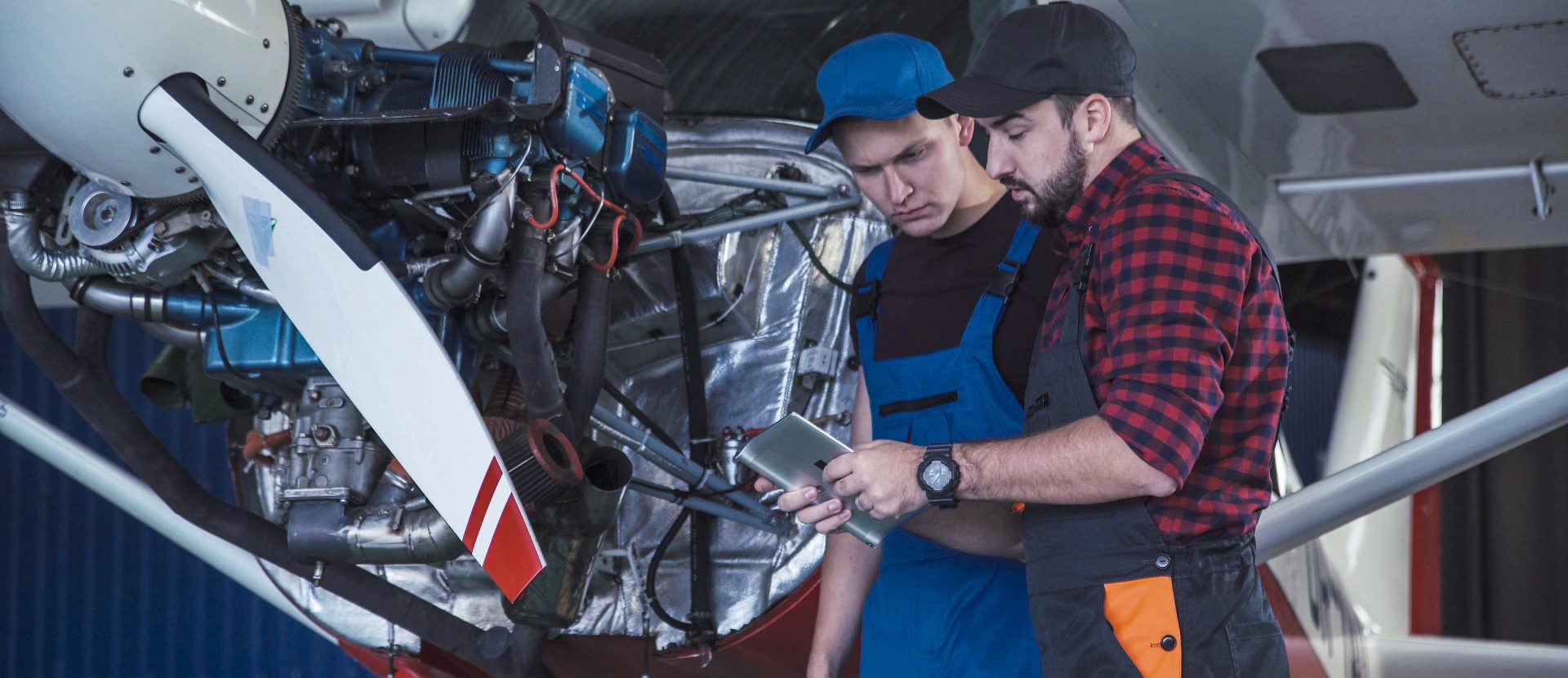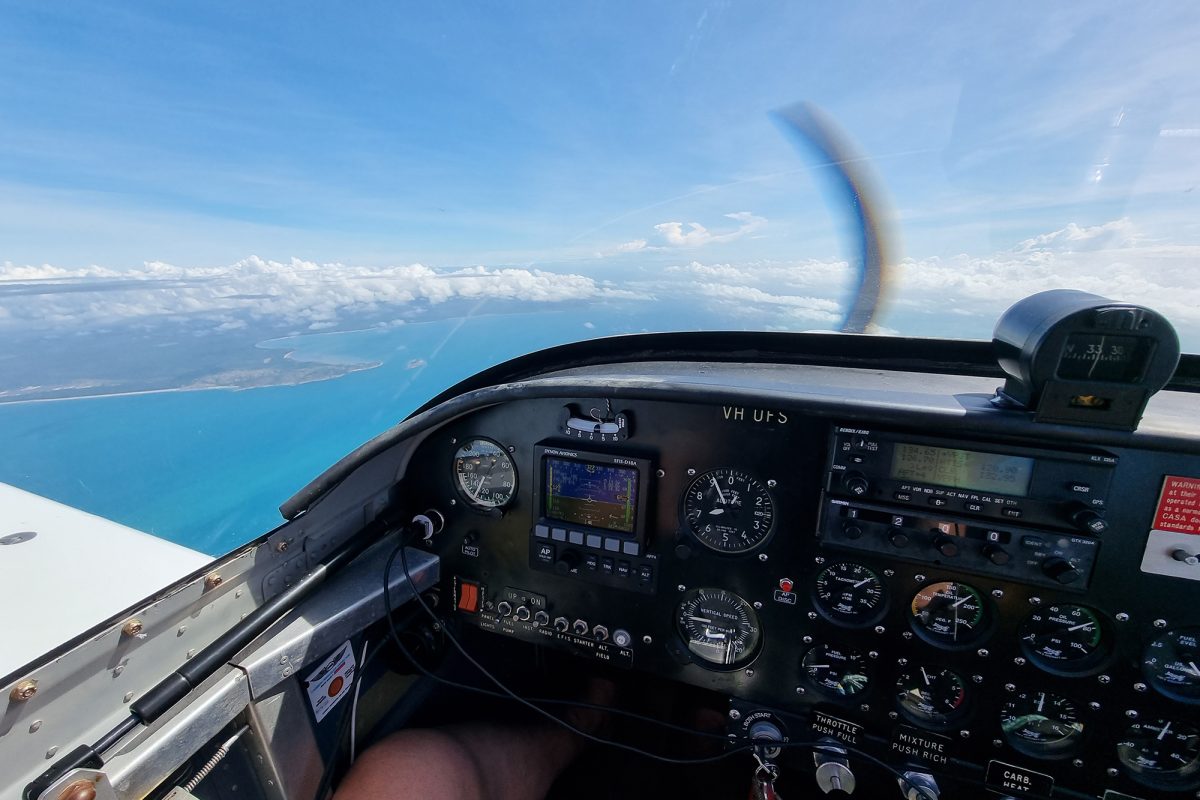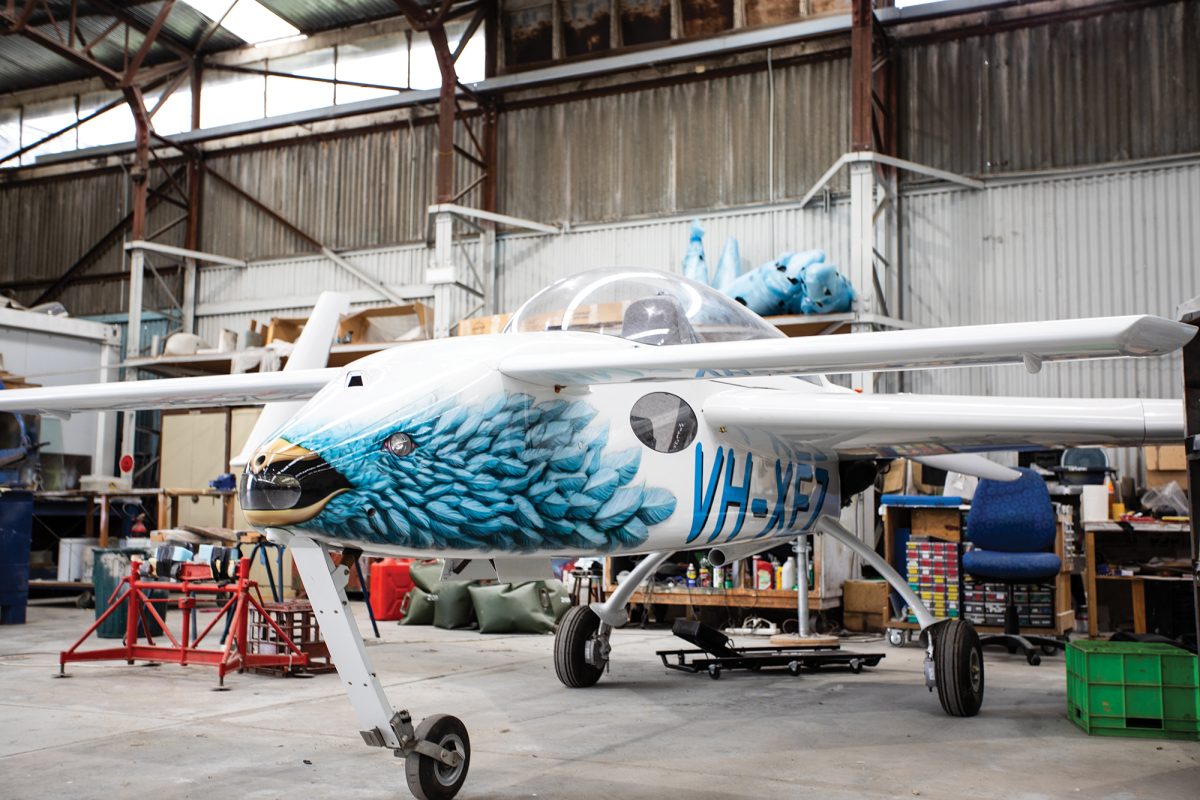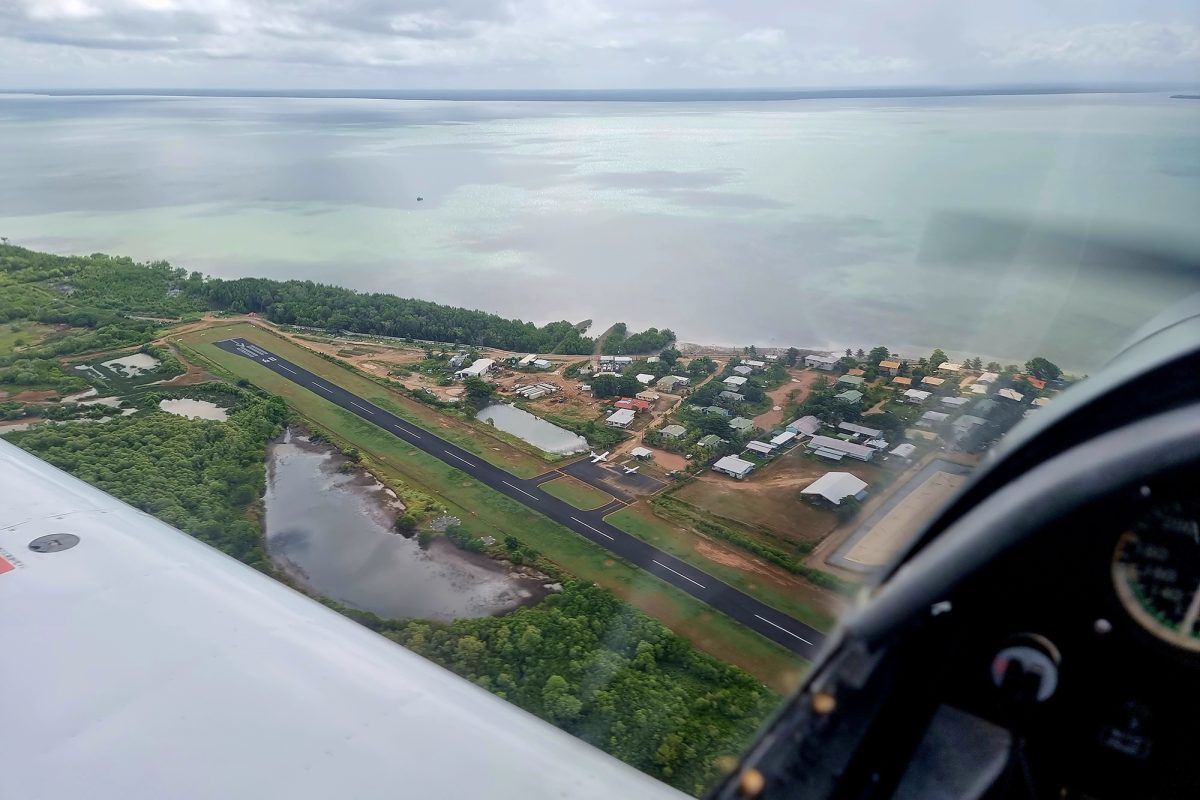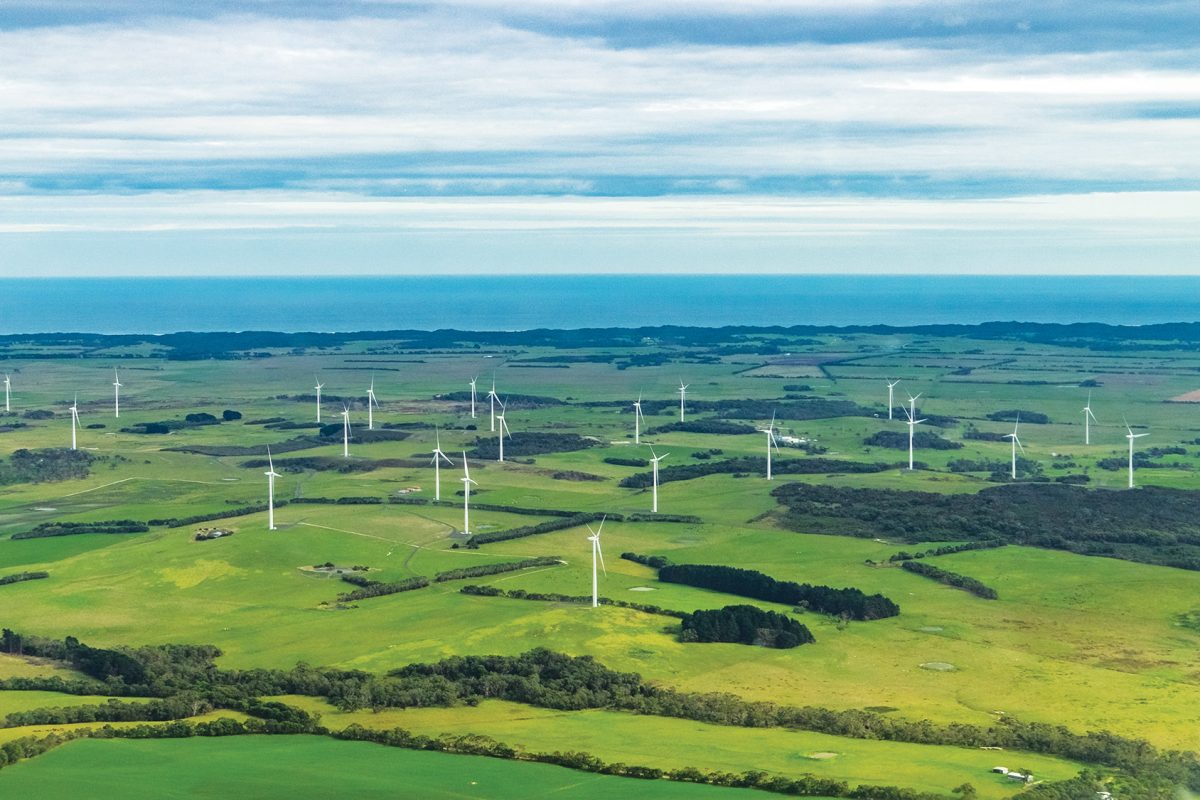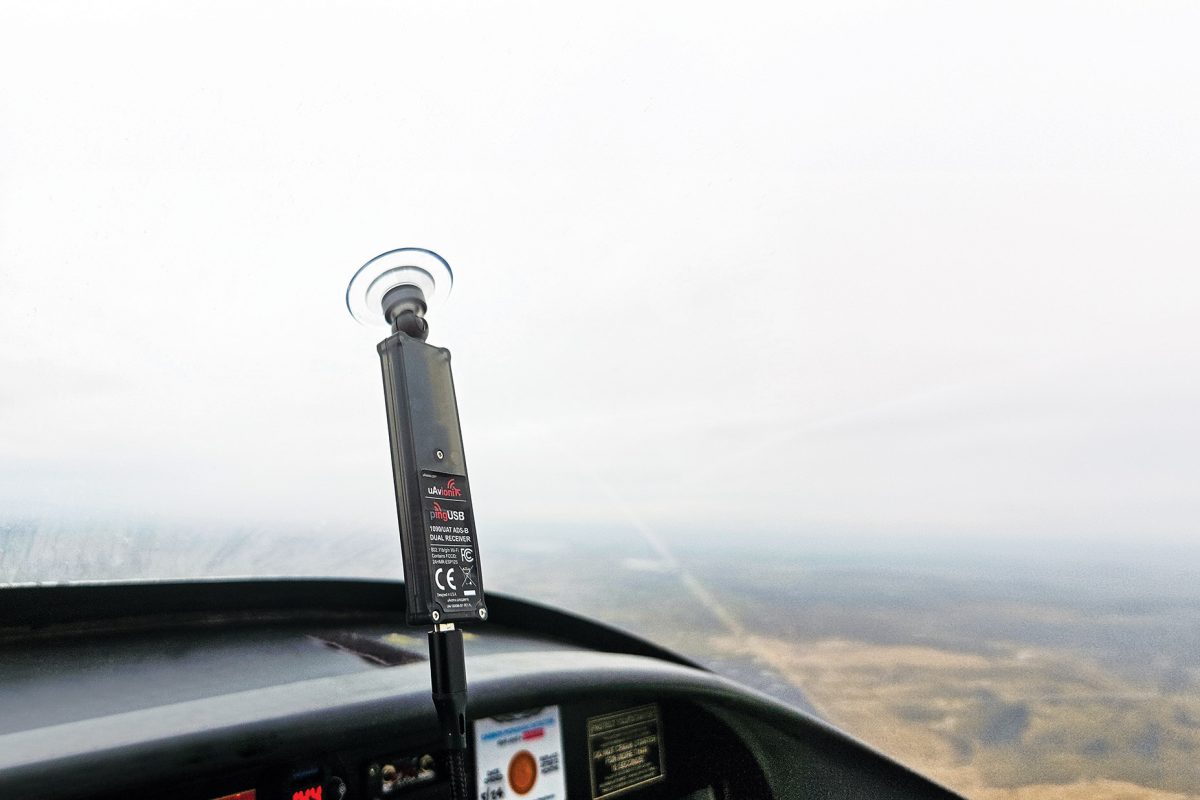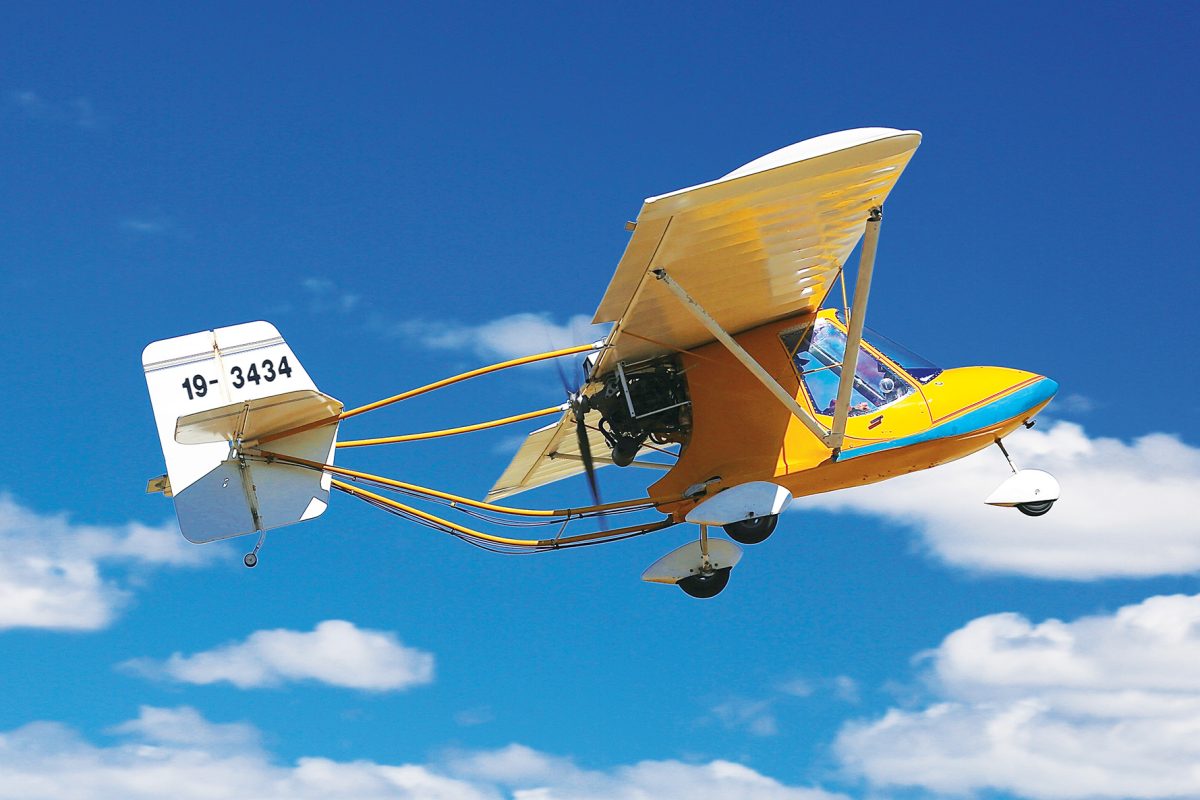ARE YOU PROTECTED FROM AN AVIATION SILENT ASSASSIN?
Accidental poisoning hospitalises around 10,500 Australians each year, with a death rate of 1,400 per year (or 5.7 per 100,000 population). Out of those cases, 15% of accidental poisonings are linked to gases and vapours such as exhaust fumes and carbon monoxide. In aviation, carbon monoxide poses a very real risk. If you’ve been sitting in a snug cockpit, tucked-up behind a combustion engine, when was the last time you actually checked your carbon monoxide detector? Hold on…do you even have one?
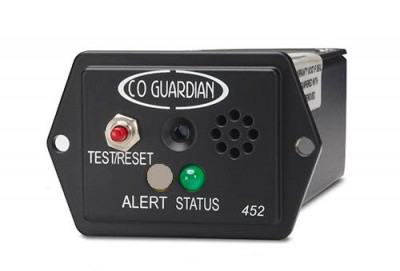
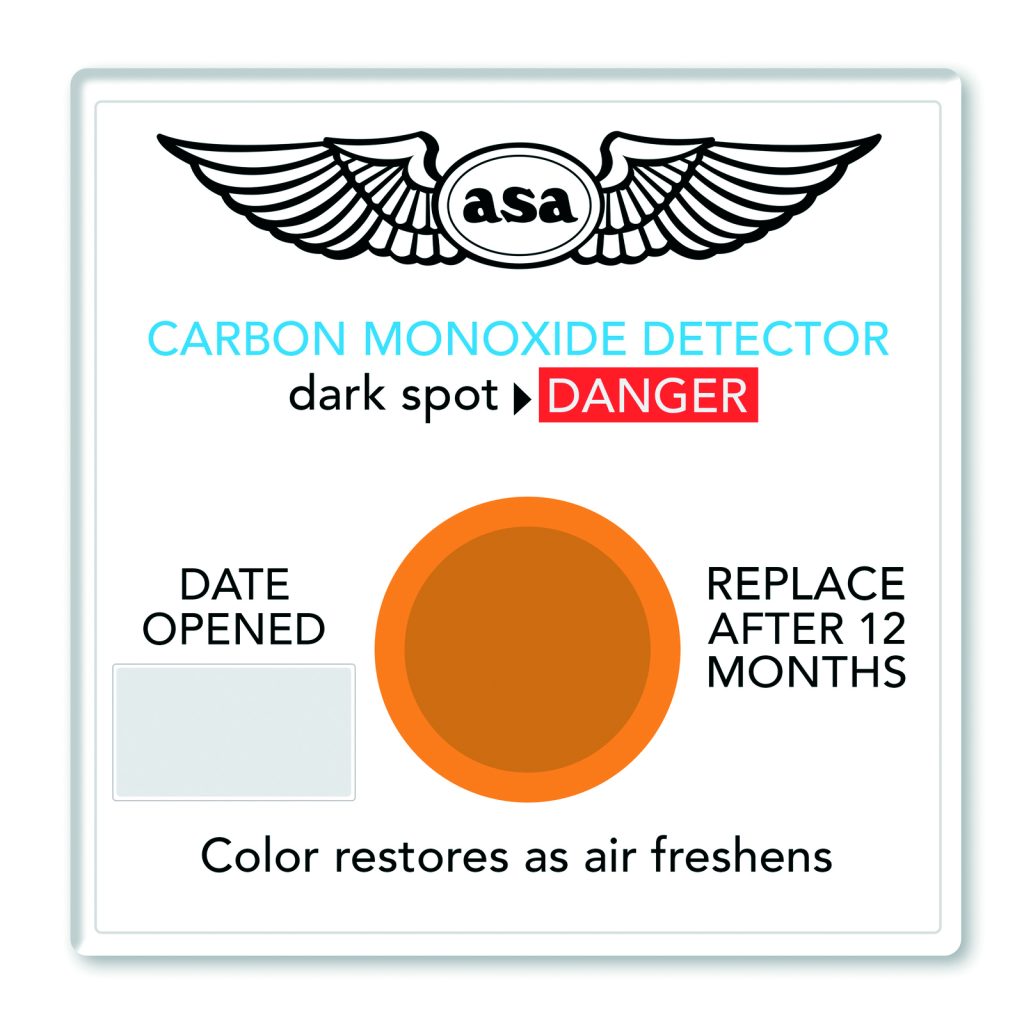
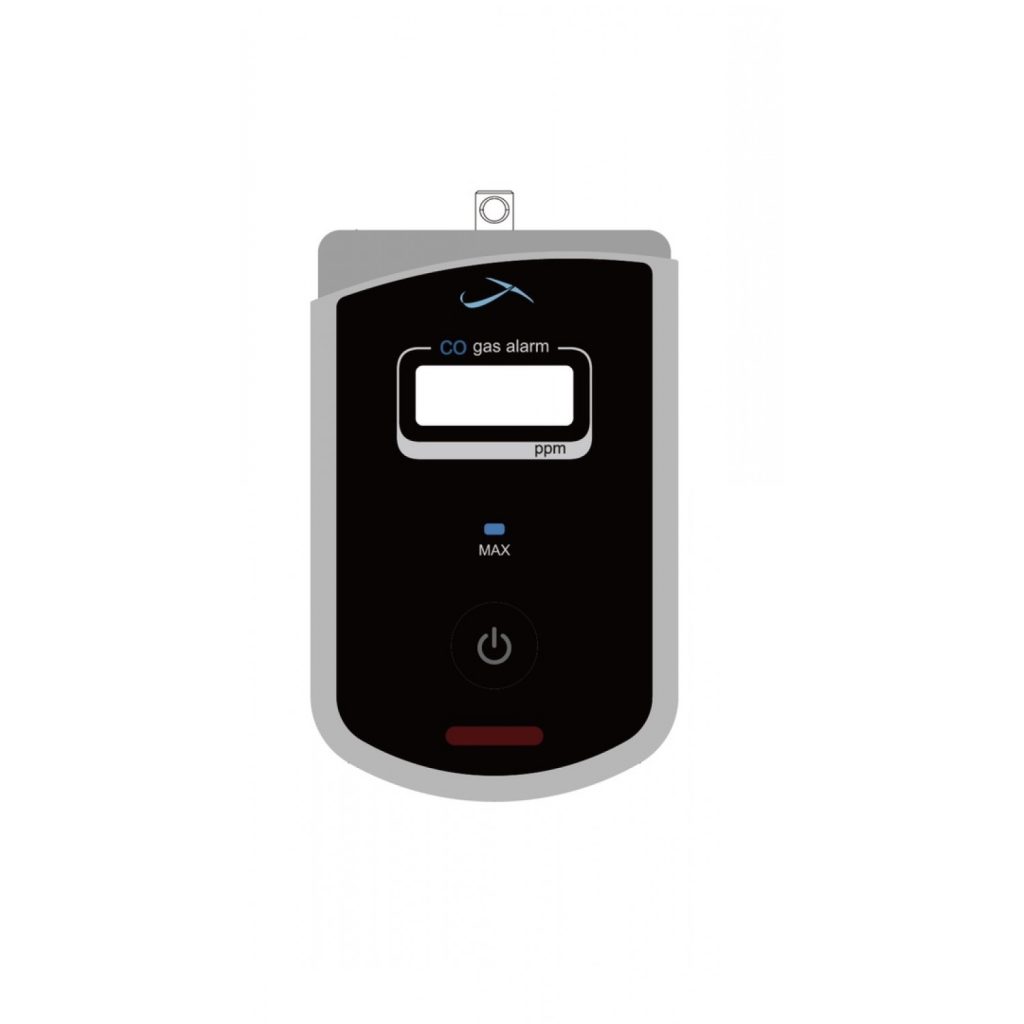
There’s a lot of things to consider when heading out for a flight, and that little card stuck to the dash can often be considered an afterthought. The effects of carbon monoxide can start quickly, and there’s a good chance it will catch you by surprise.
Right now, a carbon monoxide detector is an optional feature in every aircraft. If you’re an open-cabin, string-and-canvas kind of pilot, you’re probably more concerned about bugs up your nose than this harmful gas, but when a sub-$10 device can save you and your passengers from a very confronting issue, there isn’t really an excuse for flying without one.
Carbon monoxide (CO) is a toxic, tasteless, and odourless gas — which is part of what makes it so dangerous. It is caused by the incomplete combustion of your fuel and/or additives and it can reach dangerous levels from poorly vented, improperly adjusted or malfunctioning burning appliances, such as engines. CO has an extremely high affinity for haemoglobin, 240 times that of oxygen, and when it binds with haemoglobin it then prevents the transfer of oxygen around your blood stream.
The end result is hypoxia, which can slowly settle in and softly put you to sleep. It’s almost calming, because your heart rate is slowing, but you can recognise symptoms such as headaches, weakness, dizziness, nausea, vomiting, shortness of breath, confusion and blurred vision, before loss of consciousness.
In 2017, carbon monoxide poisoning was attributed to a seaplane crash in Sydney. The accident killed all 6 people on board, with the ATSB finding the pilot had elevated levels of carbon monoxide in his blood, likely adversely affecting his ability to control the aircraft.
Further investigations found pre-existing cracking of the seaplane’s engine collector-ring, which may have led to exhaust leakage. There was also a breach in the firewall, which may have allowed gases from the engine to enter the cabin.
You might think that L2 or L4 maintainer should be responsible for letting you know there’s a crack in your exhaust that needs fixing – most of us like to push maintenance onus onto L2 or L4 maintainer – but what if it was missed? What if something occurred between your 100-hourly checks? We need to take responsibility as pilots, too.
There are a number of options available for carbon monoxide detectors, from the price of a coffee through to around $1,000. The cheaper end includes colorimetric detectors with an adhesive back, displayed in the cockpit and featuring a circle spot that will change colour when there are dangerous levels of carbon monoxide in the air. The ASA Carbon Monoxide Detector features an orange spot, which will turn grey/black when it detects CO in the air. These should be replaced at least every 12 months, sometimes sooner due to certain conditions or manufacturer’s advice. Ensure you check the detector regularly during flight so you will be alerted in the event of a carbon monoxide leak.
The higher-end of the market includes a variety of electronic detectors, which sound an alarm. It is still important to ensure these devices are tested before each flight and that they are recalibrated as per the manufacturer’s instructions. Some are simple alarms, but the top-end of the market includes devices that pair to your smartphone and alert you through your headset (from around $1,000 plus installation). The Guardian Avionics AERO 454 unit also pings your GPS location to your iPad or iPhone and integrates into a range of Garmin and Bendix King instruments, plus a range of apps.
If your detector does alert you to dangerous levels of carbon monoxide, there are a few things you should do immediately. Turn off your heater; if there is a leak, carbon monoxide can flow through the heater into the cabin. Increase the rate of fresh air ventilation to the cabin and open your windows to ensure adequate ventilation. Consider using supplemental oxygen, if you have it. Then land as promptly as safely possible and seek medical attention. It almost goes without saying, but ensure your aircraft is checked and cleared by a mechanic before resuming flight.
While carbon monoxide detectors are a valuable piece of safety equipment, it is always better to be proactive rather than reactive. Ensure that you conduct all pre-flight checks to ensure your equipment is in good, working order. Check your ventilation and exhaust systems to ensure there are no cracks or defects which could cause an exhaust leak. Ensure your aircraft is maintained regularly and checked by a certified mechanic.
While carbon monoxide incidents are infrequent, they do occur – and a carbon monoxide detector might save your life.
HOT TIP:
Pick up your pre-flight checklist. If ‘Check/test carbon monoxide detector’ isn’t on there, you need to update your list.
